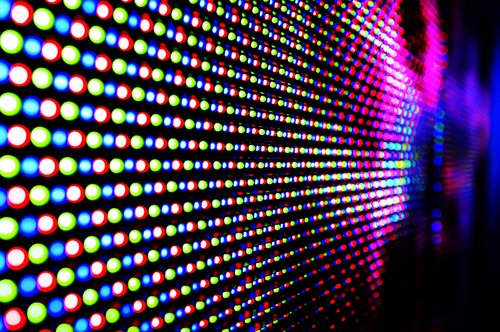THE prevalence of LED lighting has brought greater attention to the issue of discomfort produced by glare. At what luminance does glare become intolerable? The answer has varied from one study to another: more than 80 experimental studies over the past few decades have not produced a consensus. A new report, funded by the U.S. Department of Energy (DOE) and published in LEUKOS, reviews these past studies of glare and identifies some aspects of experimental procedures that influence results and their implications. The intent is for this study to help refine understanding of these experimental procedures, and to help establish good practices with respect to experiments and analysis of results.
Two experimental procedures have been the most common in past studies of discomfort from glare: “adjustment,” in which participants react to a single visual scene, which is then adjusted until a discomfort reaction is achieved; and “category rating,” in which participants rate the degree of discomfort from a single visual scene. DOE’s new report examines biases that affected the results obtained from these two methods. For adjustment tasks, these include stimulus range bias, anchor effects, order effects, type of control, and visual task. For category rating, the report identifies stimulus range bias, order effects, pre-trial demonstration, response scale design, and data analysis as key factors in experimental outcomes.
With many of the biases in past evaluations identified, the report provides guidance for future research on discomfort from glare. The study concludes with an appendix showing the procedural steps required to generate credible data in the planning, procedure, and analysis stages.
- Download the full report.
